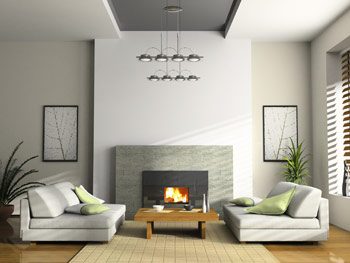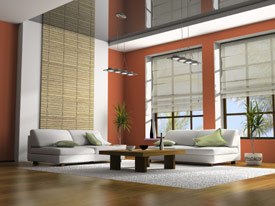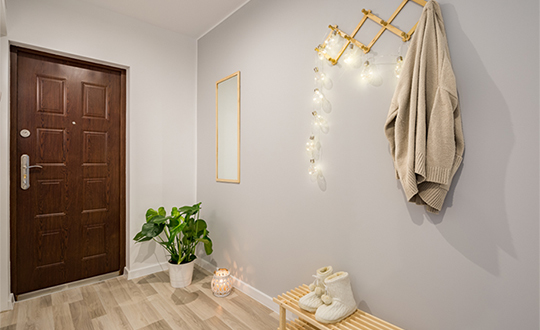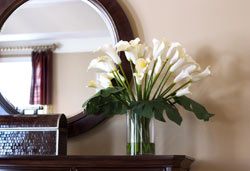At NYIAD we teach our students a simple Three-Step Method for designing every room they create:
- A successful room is functional.
- A successful room expresses a mood.
- A successful room exhibits a sense of harmony.
This simple Three-Step Method is the secret of every interior ever designed. We teach our interior design students to consider these three steps every time they look at a room. You'll find the great home decorating ideas in our Room of the Month series as well as in the design tips on this site helpful in creating outstanding room designs.
When our students mail in their interior design project for analysis by their instructor, the instructor starts by commenting on these three Guidelines. Of course, the instructor analyzes other elements of the project too – decor, layout, furniture, style etc. But the key to good decor – and the essential element of every great interior design – is adherence to these three NYIAD Guidelines.
How do they work? How can you apply them? It's beyond the scope of this Web site to teach you every nuance, but you will get an inkling from the Room of the Month Analysis that follows.

For this Room of the Month, we're looking at two different takes on essentially the same design, to illustrate not only how to use the New York Institute of Art and Design Guidelines to Interior Design — function, mood, and harmony — but also to show how the same furniture can have a different effect when put into a new arrangement.
Looking first at the photo here, let's consider the function of this room. Any living room has as its main purpose providing a place for people to congregate, to talk to one another, and to maybe eat and drink together.
This function is quite well served here. The two low sofas facing each other allow for six or eight people to sit face-to-face as well as side-to side. People on both sofas will have a view of the fireplace, so neither group gets the "bad" view. The table is the right distance from both sofas to serve as a place to hold drinks or hors d'oeuvres.
Although there are no floor lamps, the overhead light is set on a dimmer, so that lower lighting can be provided.
The mood here is modern, lean, and spare. This is an up-to-the-minute design, the long, clean lines of the sofas reflected in the lines of the table and the area rug.
There is also an Asian mood here, not overstated, but subtle. The sofas are so low that they recall Japanese style, and the minimalist design of the art and the plants is also Asian in feeling.
NYIAD Top Tip
Finally, looking at the harmony, we see that everything in the room suits this mood. The pale green cushions harmonize in color with the plants, and in turn the line of the plants harmonizes with the art on the walls. The square shape of the table is an echo of the squares in the rug, and altogether the geometry of this room spells harmony.

One other function of this room may not be immediately apparent, but once we point it out, you won't see this room in the same way. Each of those sofas becomes an extra-wide single bed, with a quick toss of the cushions. Each is a little longer and a little wider than a standard single bed, so this room quickly and easily transforms into a guest room for two.
But that's not all; this room itself is easily transformed to another look. This second photo shows the same furniture arranged in a slightly different way. Without the fireplace as a focal point, the sofas are placed catty-corner to one another, giving the room a slightly less formal, more open feeling. With the sofas in this configuration, this feels more like a family room than a formal living room.
And notice too the wall color. Here, the walls are a deep Chinese red, and this, along with the bamboo wall hanging, emphasizes the Asian feeling of the room. The room still has the harmony it had in the first photo, and still serves the same functions, but the mood is slightly different — just enough so that the owner feels able to shift the mood of the room with just a few small changes.







